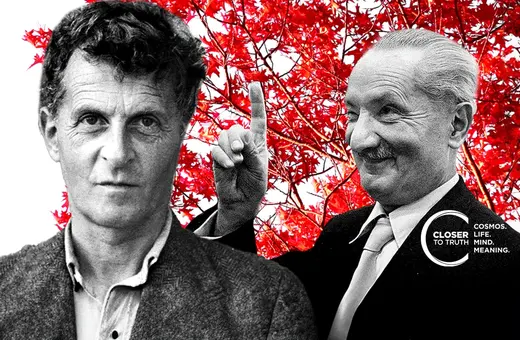Is self-transformation possible and, if so, how can it be achieved?
An initial reading of Buddhist philosophy might suggest a simple but perhaps unilluminating answer. The Buddha taught that attachment to self is a central cause of human suffering. It underpins many of the psychological states that detract from our happiness and that we might wish to change. However, the Buddha also taught that attachment to self is rooted in ignorance because there is, in fact, no self. Taken at face value, this might seem to suggest that self-transformation is not possible because there is no self to transform. You can’t change what’s not there.
While there is a seed of truth to this, it is too simplistic to see it this way. When the Buddha taught that there is no self, he meant to deny that we have a permanent, unchanging essence. The idea is that if we analyse ourselves into all of our constituent parts (our physical bodies, beliefs, desires, memories, dispositions and all other psychological tendencies) we will find that each is impermanent; none remains the same across a lifetime. And we will not find a single substance underlying these components that unifies them all as aspects of ‘me’.
This is a welcome outcome for self-transformation because it means that our psychological characters are not permanently fixed; self-transformation is possible. And it connects to more fundamental teachings of the Buddha. The Buddha taught Four Noble Truths. The first is the truth or fact of suffering. The second analyses its causes. The third ‘truth’ affirms that suffering can cease. It is possible to change from a state of pervasive suffering to one of happiness or well-being. Why does the Buddha think this is true? Because he thinks that nothing exists permanently, everything depends for its existence on causes and conditions. It follows that if one changes the causes and conditions of some effect, one changes the effect.
This provides a guideline for the possibility of self-transformation. Psychological change is possible if one changes the relevant causes and conditions. In order to transform one’s psychological character in some respect, one needs to alter the causes and conditions of that aspect of character.
 SUGGESTED READING
Why There Is No Self: A Buddhist View for the West
By Jay Garfield
SUGGESTED READING
Why There Is No Self: A Buddhist View for the West
By Jay Garfield
This is easier said than done. We first need to know what these causes and conditions are and how they relate to the relevant states of character. Buddhists often employ a medical analogy to make this point; medicine is only effective to the extent that it successfully targets the illness. There is no point taking paracetamol to cure cancer. But understanding the causes and conditions of some psychological state is not a simple task.
Let’s take social anxiety as our example. Social anxiety is a kind of fear and fear is an anticipatory state concerned with things that could happen in the future but that the subject does not want to happen. The reason they don’t want them to happen relates to their interests or values; they might pose a threat to themselves or someone or something they care about. The subject also feels that they have limited control over whether what they fear will happen. For some strategy to be an effective remedy for fear, it must target some of these features of fear. And to be an effective remedy for the kind of fear that is social anxiety, an understanding is needed of the features that set it apart from other kinds of fear.
___





















Join the conversation